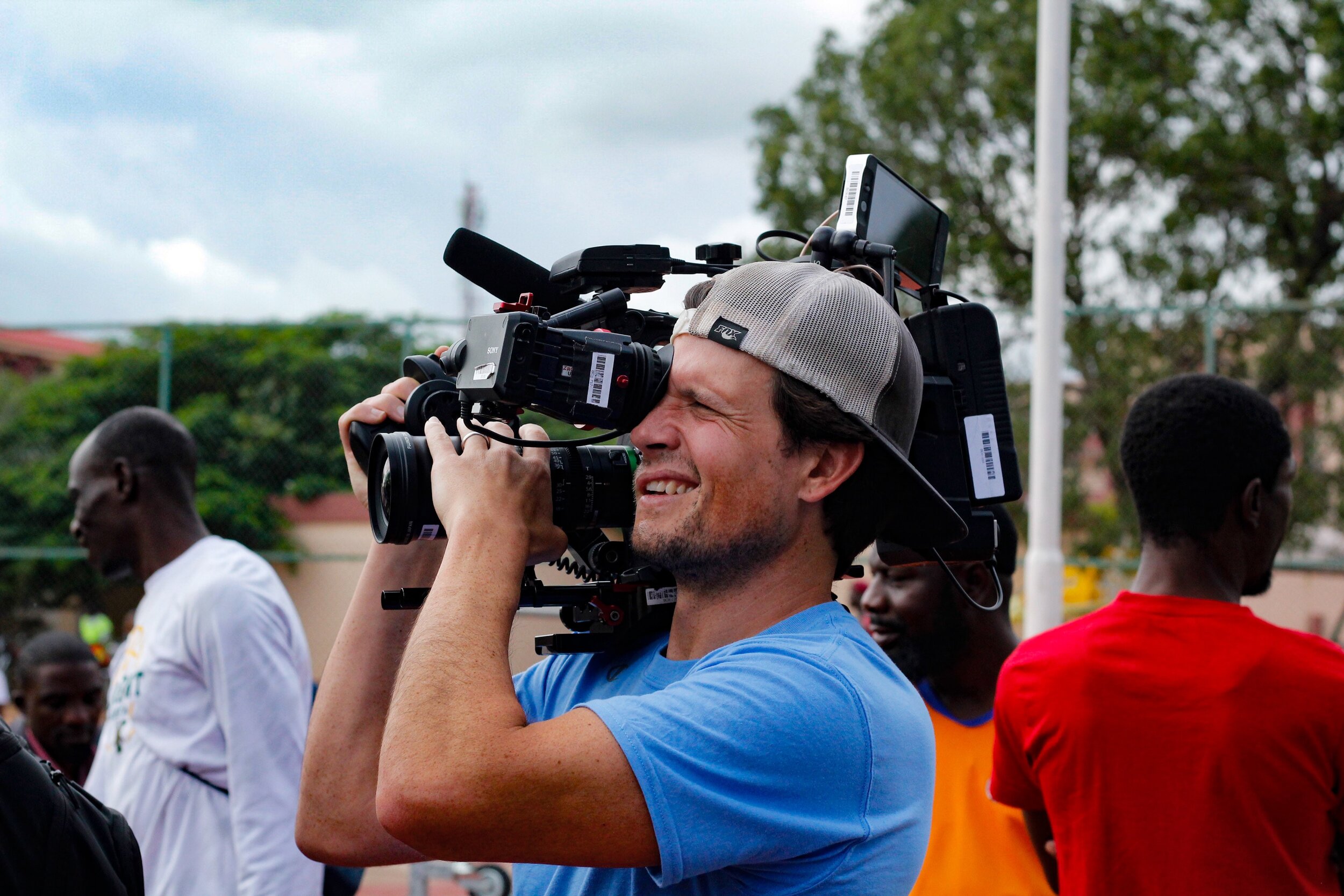Tools made by people for people
Neurotechnology, internet of things, autonomous vehicles -- in reality this sounds much more sophisticated than what’s going on under the hood.
The third industrial revolution introduced digital capabilities to billions of people, but the real-world applications of digital technologies didn’t appear organically, people needed to work it out for themselves.
Ordinary but clever people use technologies to create something new. Civil engineers use computing power to make more accurate calculations, administration workers use databases to manage larger amounts of data and retail companies use barcodes to track their products around the world.
Whether you’re an entrepreneur starting a new company or a professional looking to improve their practice, new technologies are changing the way we work but, fundamentally, these tools will be built by people and for people.
The rise of artificial intelligence has thrown this idea out the window for many people, but while it’s impressive to watch a computer beat a human at chess or a robot open a door, all it’s doing is performing calculations programmed by a human.
A research fellow at the Oxford Internet Institute, Dr Mariarosaria Taddeo said that while there are lots of very good sci-fi movies to watch on a Friday night, artificial intelligence will never think for itself.
“There is not a shred of proper research that supports the idea that AI can become sentient.”
“This is a technology that behaves as if it were intelligent, but that had nothing to do with creating or deducing, it’s just parsing and analysing data,” Dr Taddeo said.
Tesla is currently trading as one of the world’s most valuable stocks and for good reason – electric, autonomous vehicles are the future of transportation. But its auto-pilot feature has been the subject of scrutiny after the Society of Automotive
Engineers pushed back by reminding drivers they are still required to perform fallback operations. When a Tesla driver hits autopilot, the car may give the illusion of driving itself, but it can only make adjustments based on the instructions programmed before they enter the vehicle which are given under a specific geographic location and under ideal weather conditions.
The feature can only improve by collecting more data for Tesla engineers to improve the algorithm so, until then, if you own a Tesla, it is strongly recommended that you hold the wheel while on autopilot.
This is just one example of how the technologies driving the fourth industrial revolution are both made by people and for people, no matter how impressive the brochure may read, people are still responsible for making the decisions.
The need to remind ourselves that we must remain in the driver’s seat was a concern first shared by Dr Klaus Schwab, Founder and Executive Chairman of the World Economic Forum.
“Leaders must come together to shape a future that works for all by putting people first, empowering them and constantly reminding ourselves that all of these new technologies are first and foremost tools made by people for people,” Dr Klaus said.
It is a given that businesses must innovate to stay relevant in order to connect to and service more people, and staying focused on the people part of the innovation equation is going to be key.
There are a lot of exciting technologies available, no matter your skill set or competencies, so the question is: what tools do you want to make?

